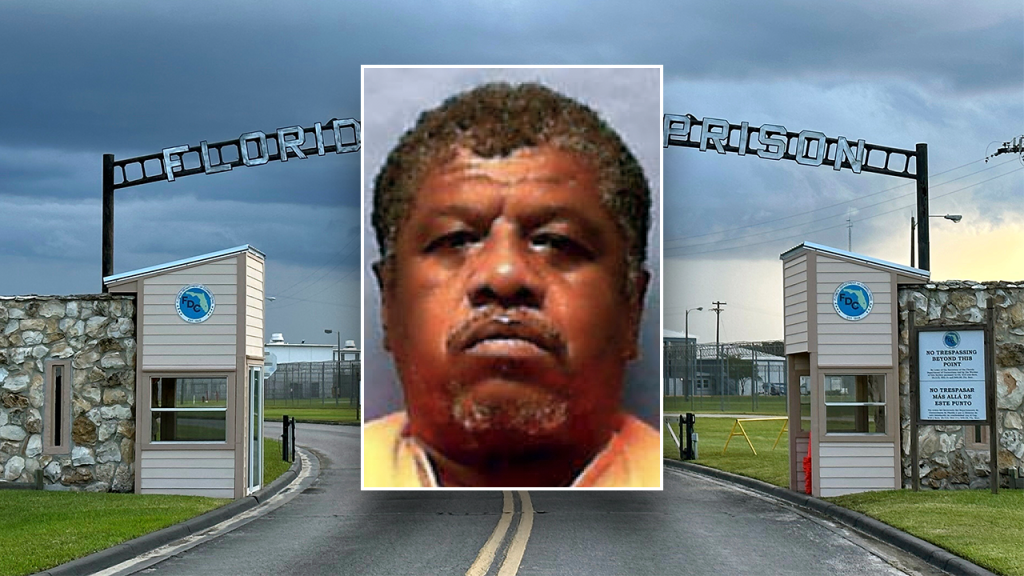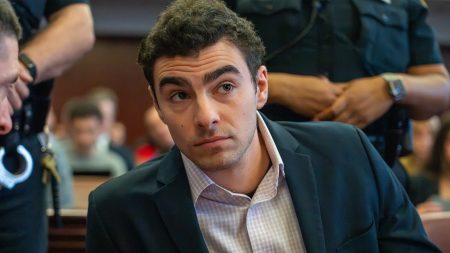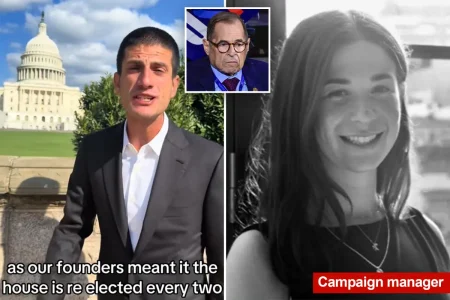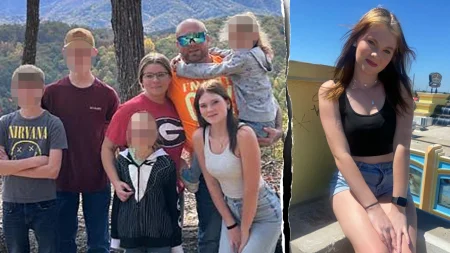Justice Served After 33 Years: A Florida Execution Brings Closure and Questions
In a somber proceeding that marks Florida’s 11th execution this year, Curtis Windom, 59, was put to death by lethal injection on Thursday at Florida State Prison. His death brings a complex conclusion to a tragic case that began on November 7, 1992, when Windom murdered three people in a single day of violence: his girlfriend Valerie Davis, her mother Mary Lubin, and Johnnie Lee, a man Windom claimed owed him $2,000. As witnesses observed his final moments, Windom took deep breaths and his legs twitched briefly before he became still, ending a life that had been confined to death row for over three decades while families on both sides of the tragedy struggled with loss, grief, and the long journey toward healing.
The day of the murders had begun with Windom learning that Lee, who allegedly owed him money, had won $114 at a greyhound racetrack. Ominously telling a friend “you’re gonna read about me,” Windom purchased a .38-caliber revolver and ammunition from Walmart before embarking on his killing spree. He first shot Lee twice in the back from his car before approaching and firing two more shots at close range. His violence continued as he went to Davis’ apartment and shot her “with no provocation” in front of a witness, wounded another person, and then fatally shot Davis’ mother as she drove to her daughter’s apartment after spotting her at a stop sign. This calculated sequence of violence resulted in Windom’s death sentence for the three murders, along with a 22-year sentence for attempted murder.
What makes this case particularly poignant is the divided response from the victims’ families, some of whom actually opposed Windom’s execution. Davis’ sister Kemene Hunter expressed relief at the execution, wearing a T-shirt reading “Justice for her, healing for me” and stating, “All I want to say is, it took 33 years to get some closure.” Yet remarkably, others—including Curtisia Windom, the daughter of Davis and Windom—had sought to prevent the execution, saying, “Forgiveness comes with time, and 33 years is a long time. I, myself, have forgiven my father.” Other relatives and friends of the victims released a joint statement expressing continued love and care for Windom, revealing they had celebrated graduations and weddings over the phone with him and brought his grandchildren to visit him in prison, building connections “despite the visitation glass and cell bars.”
The family’s joint statement challenged the state’s approach to justice, saying they “reject the labels” given to them and expressing heartbreak that “the State of Florida didn’t listen to our pleas.” Their perspective reflects a profound journey toward forgiveness and healing that transcended the traditional boundaries between victims’ families and perpetrators. As they noted, “Whether the events of that day made us the surviving victims of a violent crime, the relatives of a person facing execution, or both, we have all lived our lives wearing a label that the state of Florida decided should define and divide us. We haven’t allowed that to happen, though.” This unusual unity between some victims’ families and the condemned man highlights the complex human dimensions that legal proceedings often fail to address.
Throughout his time on death row, Windom and his legal team filed multiple appeals, primarily arguing that he had been represented by an incompetent lawyer when presenting evidence of mental health struggles. His final appeal was rejected by the U.S. Supreme Court just a day before his execution. Advocacy groups like Floridians for Alternatives to the Death Penalty criticized the execution, stating, “Forgiveness and healing do not come from a lethal injection in the death chamber. They come from the families’ decades of conversations, visits, and phone calls with Curtis, where he demonstrated remorse and redemption.” The group further suggested that Governor DeSantis, who signed the death warrant along with numerous others this year, was using executions for political purposes rather than justice.
Florida’s aggressive approach to capital punishment has made it the leader in executions nationwide this year, with eleven completed and a twelfth scheduled for September 17. Texas and South Carolina tie for second place with four executions each, while the national total stands at thirty for 2025. This acceleration of executions under Governor DeSantis raises questions about the purpose and effectiveness of capital punishment, especially in cases like Windom’s where some family members of the victims had found healing through forgiveness rather than execution. As Windom’s case illustrates, justice is rarely straightforward, and the state’s definition of closure may not align with the complex emotional journeys of those most directly affected by violent crime. In the end, the execution serves as a stark reminder of how tragedy continues to ripple through lives decades after the original crimes, affecting families on all sides in ways that the legal system cannot fully address.










